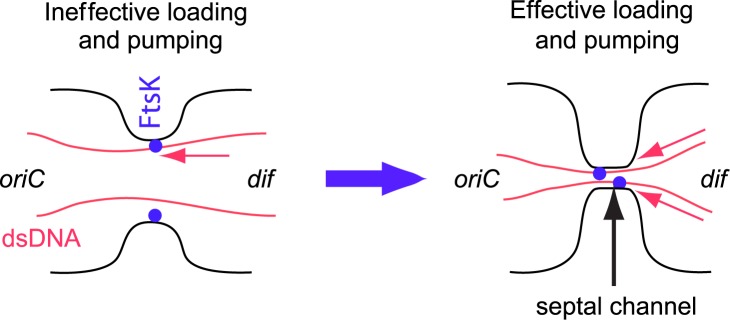Fig 9. Model relating translocation efficiency and timing.
Left: Although FtsK is recruited to Z-ring early, DNA translocation starts when the septum is closing because only then does DNA from the nucleoid become accessible to FtsK hexamers. Moreover, for almost open septum the processivity is low because the FtsK pump(s) has a low probability of rebinding to DNA once the two dissociate. The direction of pumping is to the compartment containing oriC. Right: In late stages of division constriction forms a small channel which acts as a diffusion barrier to proteins. The channel does not close before DNA is cleared from it. The processivity of DNA transport in this channel is high because FtsK and DNA remain in close proximity. When the two dissociate from each other then they quickly rebind. Also, FtsK may not be able to reverse its direction when confined by the channel.

